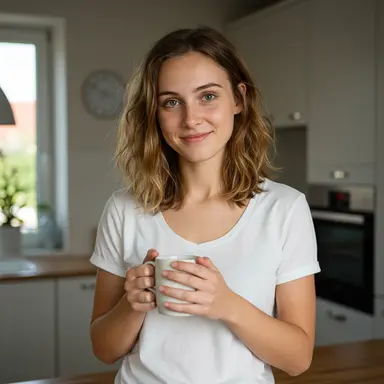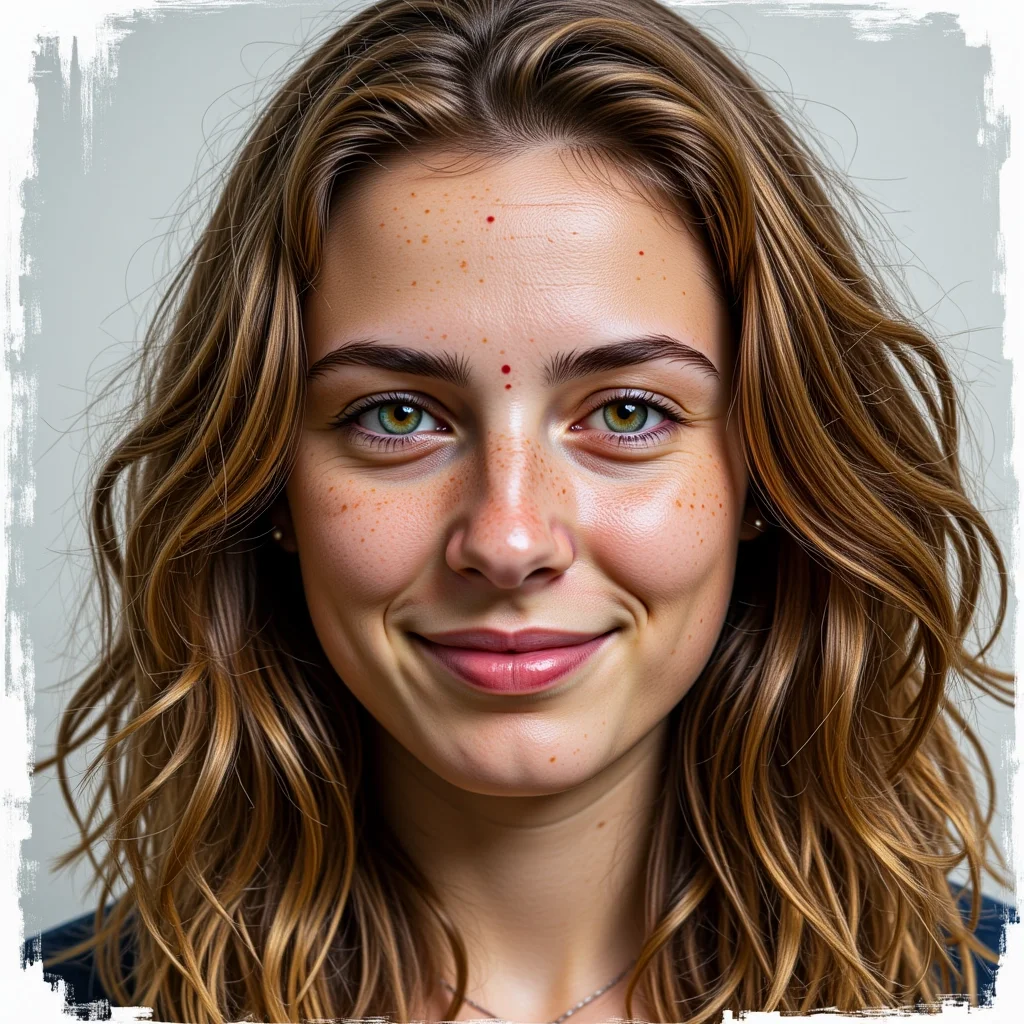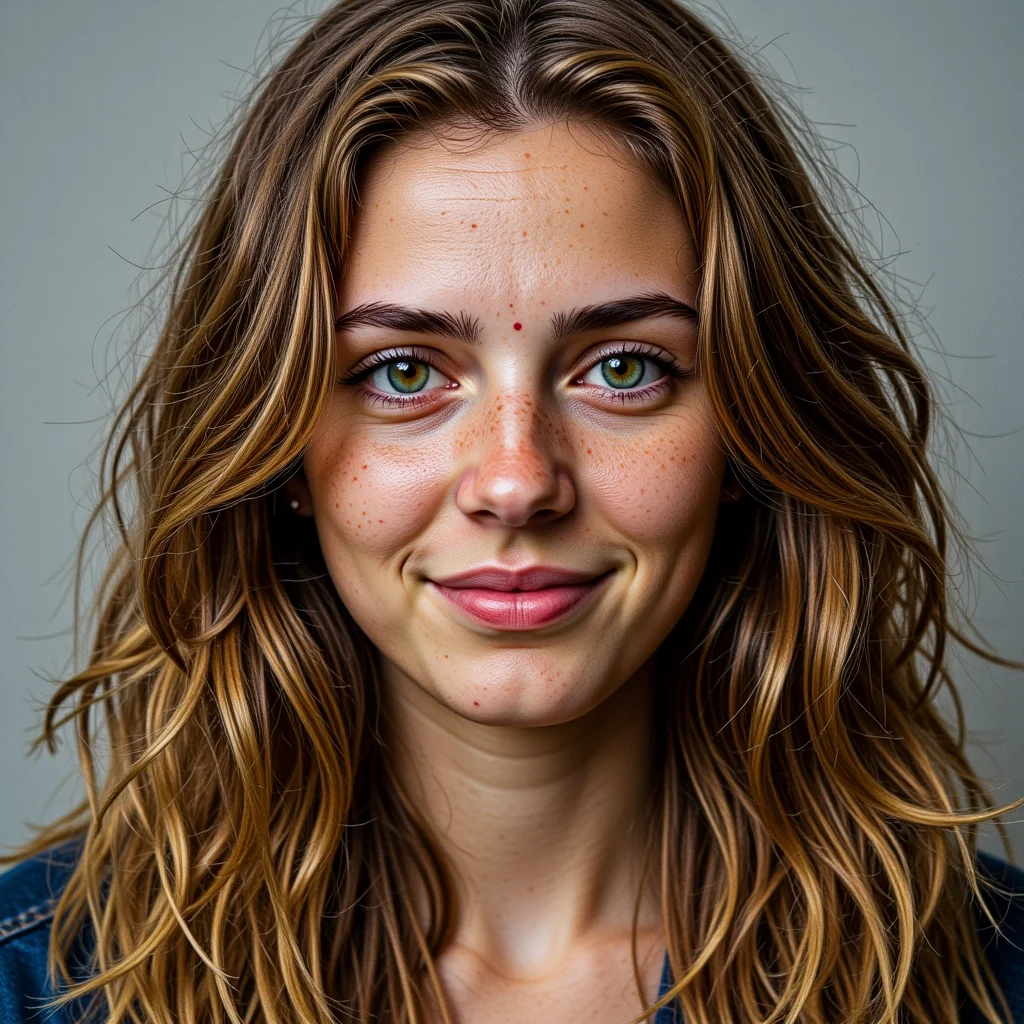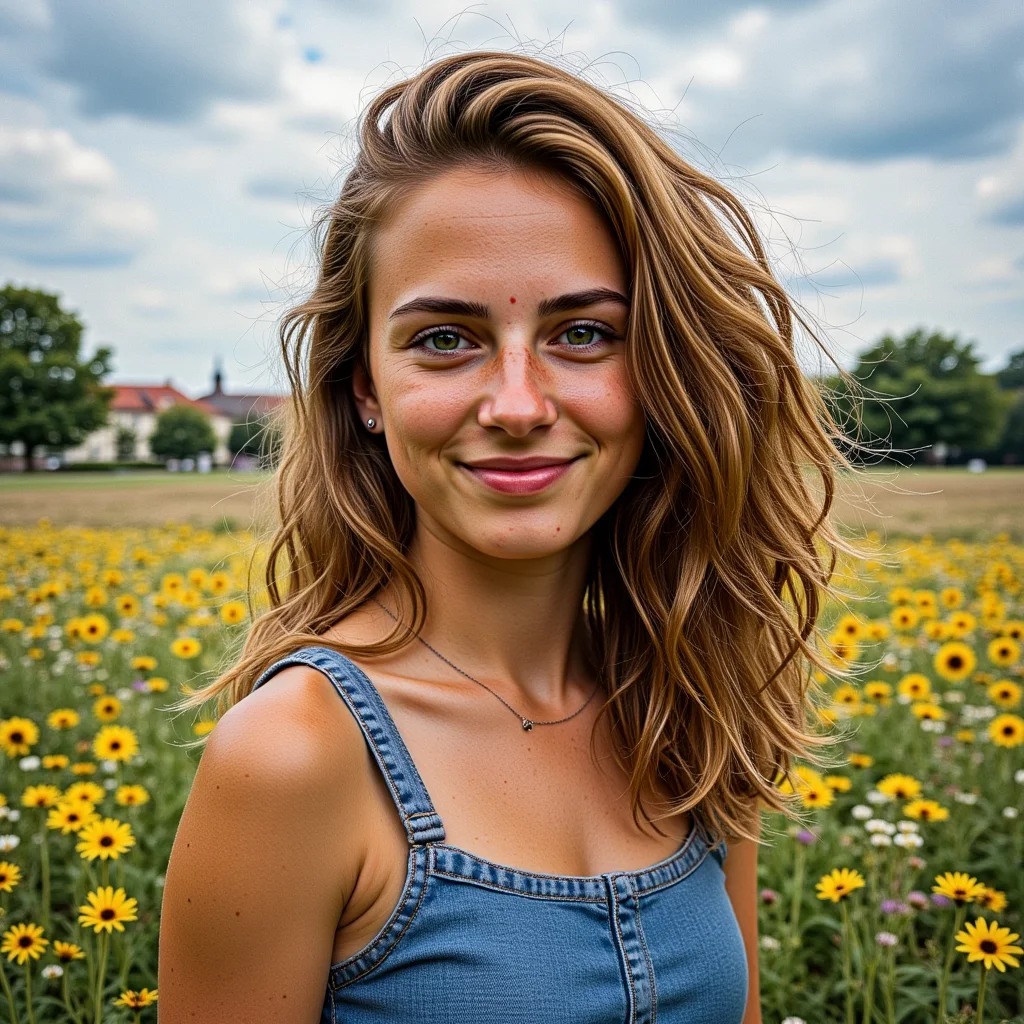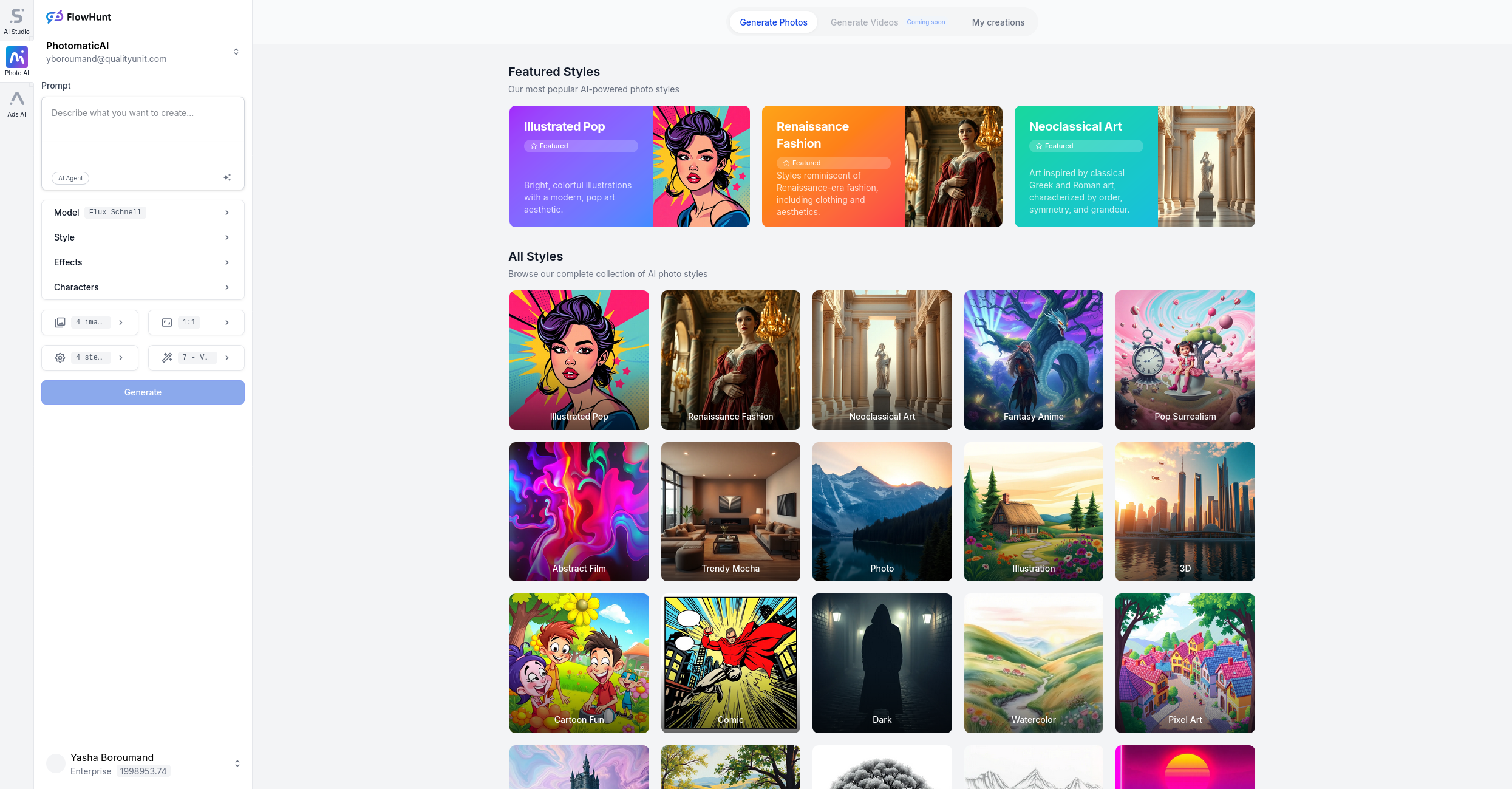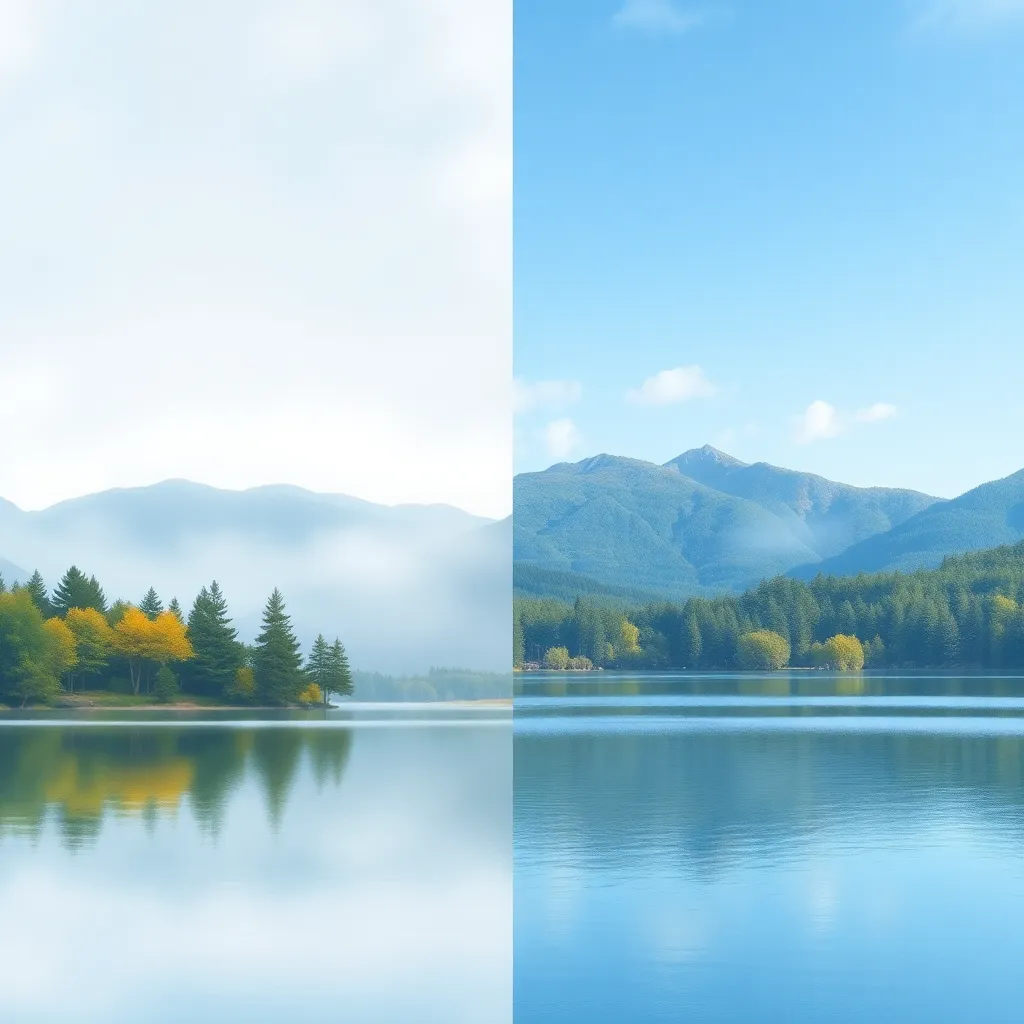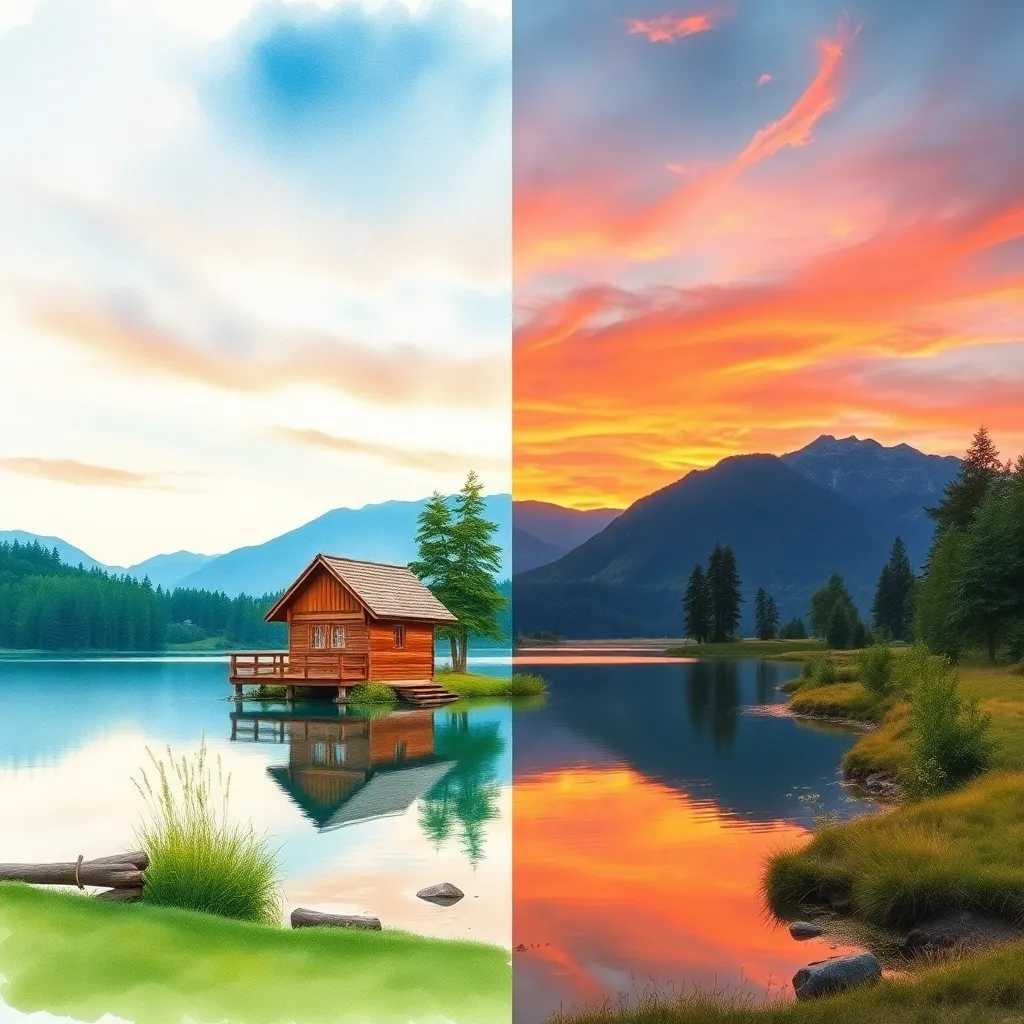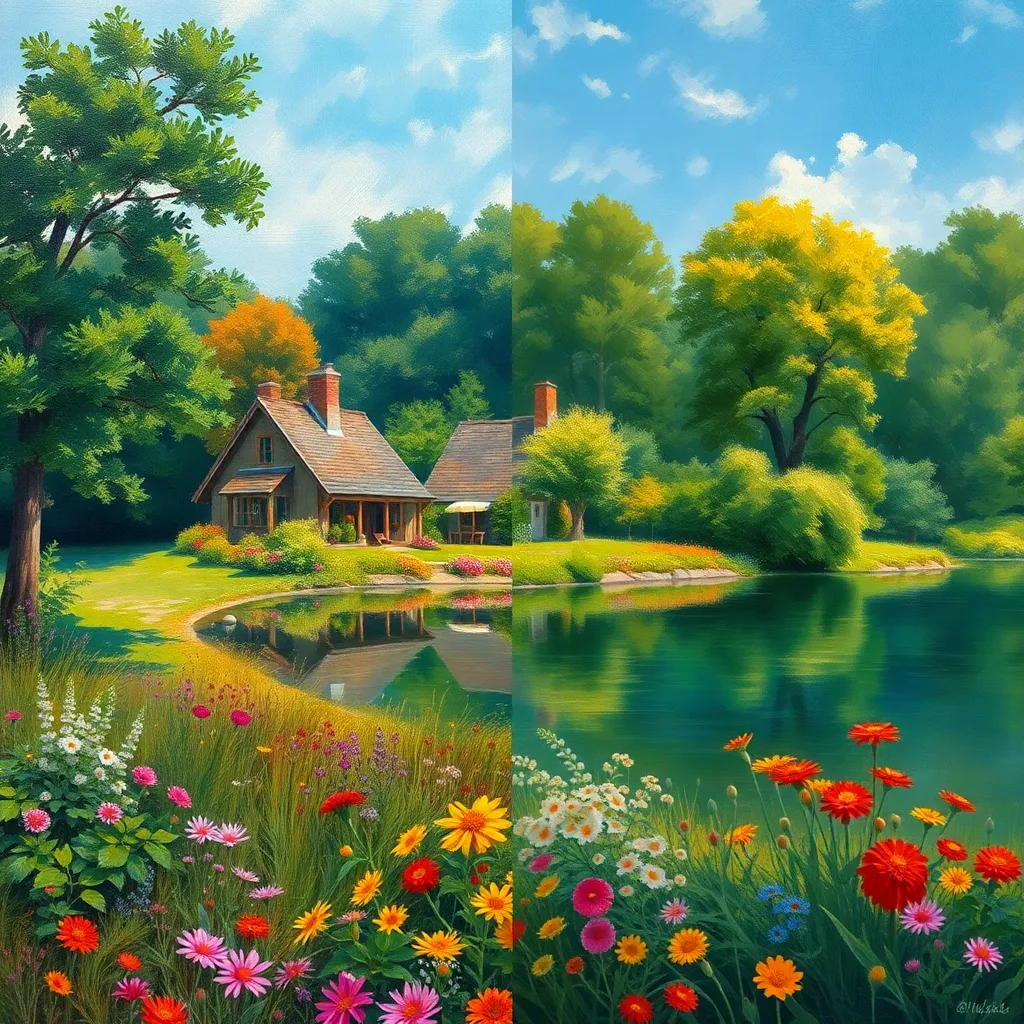
Oil Painting AI Image Generator
Oil Painting Style is a photographic and digital art effect that transforms images to resemble traditional oil paintings. By emulating textured brush strokes, r...
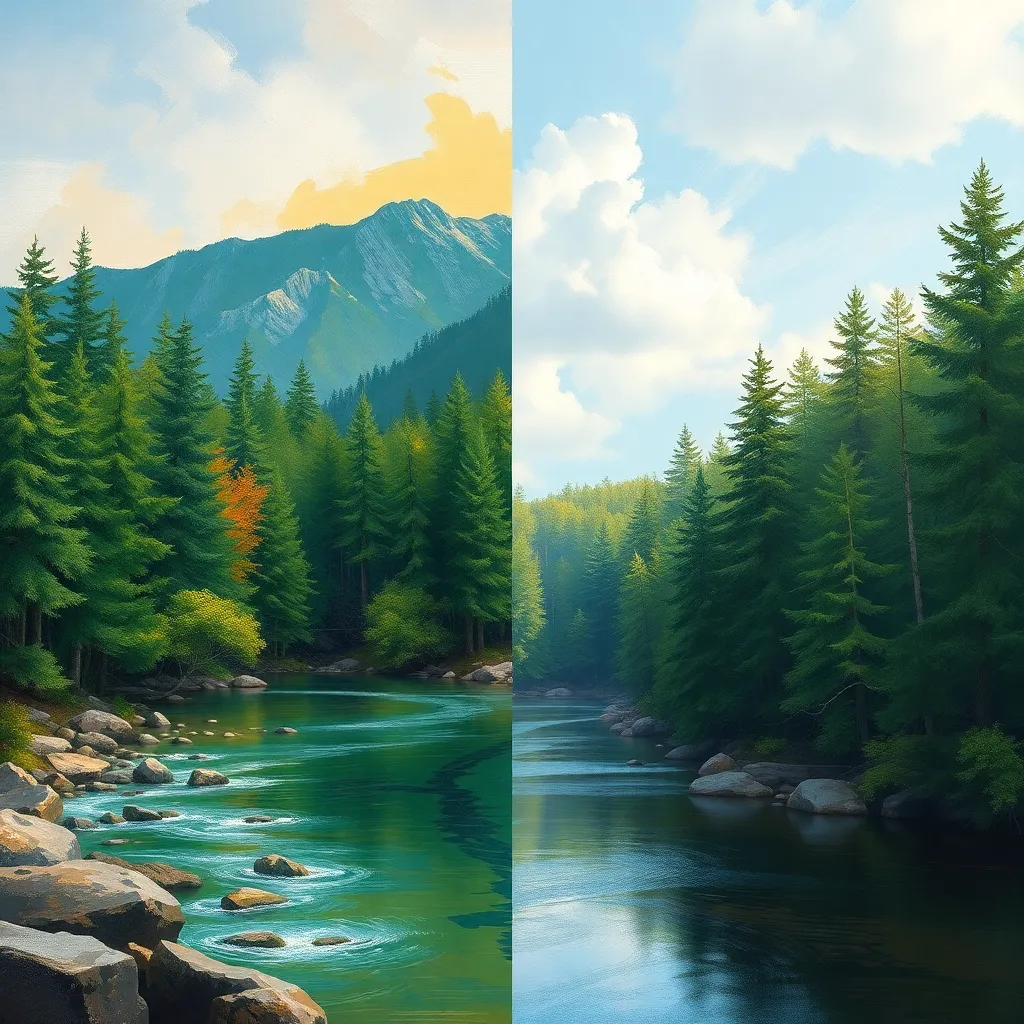
Style
Overpainting Style is a transformative photographic effect that emulates the expressive texture and layered brushwork of fine art painting. By applying visible paint textures, vibrant colors, and dynamic brushstrokes, this style turns photographs into visually arresting artworks, blurring the line between photography and painting. Overpainting Style is widely embraced in portrait, editorial, landscape, and creative commercial work for its ability to convey drama, emotion, and artistic depth.
Train AI Image Models
Train a unique character from your own everyday photos, apply the ready to use Overpainting AI Image Generator to generate interesting and eye-catching images.
Starting point for AI training is set of your images. More images of same character can be added to improve the model.
Apply ready to use styles and effects on pretrained model or use custom prompt to generate images.
Images generated from the pretrained model
Use our Photomatic AI image generator to apply Overpainting Style to your images. Instantly create painterly, textured artworks from photos with our advanced AI. Try it now and turn your photographs into expressive masterpieces!
Generate your own AI images with Overpainting Style effects
Overpainting Style is a visually striking photographic effect that imitates the dynamic brushwork and textural richness of traditional painting. Characterized by bold, visible brushstrokes, layered pigments, and painterly textures, Overpainting Style transforms ordinary photographs into expressive artworks. The effect draws inspiration from classic and contemporary painting techniques—such as those found in Impressionism, Expressionism, and Abstract Art—where emotional expression and tactile surface play a central role.
The origins of Overpainting in art trace back centuries, with artists applying new layers over earlier compositions to develop texture, depth, and meaning. In digital photography and AI-powered image processing, Overpainting Style emerged as a way to bridge fine art and photography, enabling photographers and creators to infuse their work with painterly qualities once exclusive to the canvas. Today, both digital artists and photographers use Overpainting Style to create images that evoke the emotional depth and handcrafted feel of original paintings.
Overpainting Style has found enthusiastic adoption across a range of creative fields:
The Overpainting Style effect enhances photographs by:
Overpainting Style is remarkably versatile. Here are key scenarios where it shines:
By transforming a standard portrait into a painterly composition, Overpainting Style adds depth, personality, and presence. The expressive brushwork and textured details elevate the subject, making the image suitable for gallery display or fine art prints.
Landscapes rendered in Overpainting Style become vibrant, emotionally charged works of art. The effect highlights natural beauty, sky drama, and topographical features, making these images ideal as large-format wall art or decor pieces.
In editorial fashion, Overpainting Style introduces a creative twist, merging high-fashion photography with the sensibility of modern art. The result is magazine spreads that are memorable, bold, and visually stunning.
Album and book covers benefit from the abstract, expressive qualities of Overpainting Style, helping products stand out on shelves and digital platforms. The painterly effect conveys sophistication and creativity, aligning with music or literary themes.
Publications use Overpainting Style for story-driven visuals, where painterly textures and expressive color layers enhance narrative depth and aesthetic appeal.
Brands and influencers employ Overpainting Style to differentiate their visual identity, creating posts and campaigns that command attention and foster engagement.
1. Choose the Right Subject: Portraits, landscapes, and still lifes with strong shapes and defined contrast work best, as painterly textures emphasize form and movement.
2. Adjust Effect Intensity: Use editing tools or AI generators to control brushstroke size, density, and texture strength for either subtle nuance or full artistic transformation.
3. Pair with Minimalist Layouts: Let the artwork breathe by using simple backgrounds and layouts, allowing Overpainting Style’s detail and texture to take center stage.
4. Mind the Color Palette: Experiment with color harmonies and contrasts to suit the mood and purpose of your image, whether dramatic or subdued.
5. Print with Care: For physical art, use high-quality printing on textured or canvas-like paper to enhance the painterly illusion.
Conclusion:
Overpainting Style unlocks a world of expressive possibilities for photographers, artists, and brands. By fusing the tactile vibrancy of painting with the immediacy of photography, it transforms ordinary images into extraordinary works of art. Whether for fine art, editorial, or commercial use, Overpainting Style invites viewers to experience photography in an entirely new, emotionally charged way. Try it in your next project and discover the artist within your camera!
Automate your image generation with AI Agents
The Overpainting Style effect emulates traditional painting techniques by applying expressive brushstrokes, layered paint textures, and vibrant colors to photographs. This transforms photos into painterly artworks, adding depth, emotion, and a handcrafted feel.
You can apply the Overpainting Style using advanced photo editing software, digital painting apps, or AI-based image generators like Photomatic. These tools automate the process, making it easy to achieve painterly textures and vibrant brushwork with just a few clicks.
Overpainting Style is particularly effective for portraits, landscapes, editorial illustrations, fashion photography, and creative commercial work such as album or book covers. It enhances visual impact and adds an artistic, expressive touch.
Yes, many editing tools and AI generators allow you to adjust the strength, brushstroke size, and texture density, enabling a subtle or dramatic Overpainting effect based on your creative vision.
Absolutely! Overpainting Style is widely used in professional settings, including gallery exhibitions, magazine features, cover artwork, and commercial design. Its unique look helps brands, artists, and photographers stand out with visually compelling imagery.
Let us help you automate your marketing tasks. Our platform allows you to create custom AI chatbots, agents, and workflows that can handle a wide range of tasks, from customer support to content generation.
Generate professional marketing visuals in seconds. Our AI creates stunning images that maintain brand consistency across all your campaigns without expensive design services.
Produce large volumes of customized content efficiently. Create hundreds of images, blog posts, and marketing materials simultaneously with our AI automation workflows.
Train AI models on your brand assets to create unique, on-brand visuals for any campaign. Maintain consistent visual identity across all marketing channels with character training technology.
Oil Painting Style is a photographic and digital art effect that transforms images to resemble traditional oil paintings. By emulating textured brush strokes, r...
Pastel Paint Style is a photographic and digital effect that transforms images with gentle, dreamy hues and soft, painterly brushstrokes reminiscent of classic ...
Watercolor style is a photographic and digital art effect that mimics the delicate, fluid, and vibrant qualities of traditional watercolor painting. By blending...
